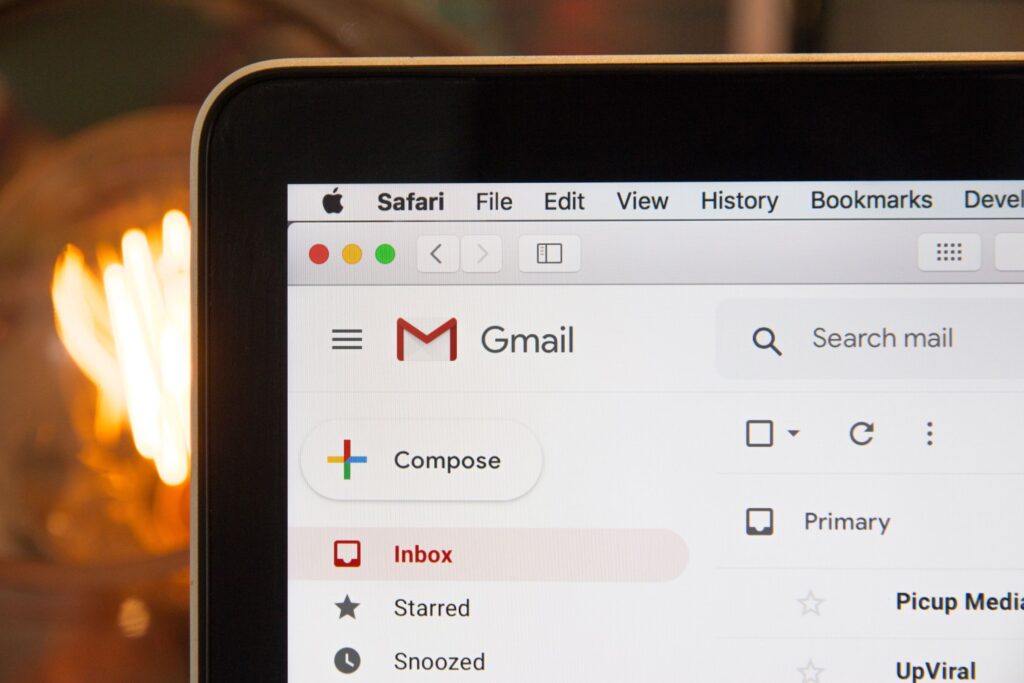Full-Stack vs. Piecemeal Marketing: What’s the Difference?
Marketing campaigns have to be effective. If they fail once, it’s okay, you’ve learned something useful. If they keep failing over & over however, your business goes bust.
How do we make sure they’re effective? A lot of factors go into this…the approach, audience targeting, promotion methods, timing, quality, budget…
For this article, we’ll focus on one major underlying factor – the approach. Whether you approach your marketing effort in a full-stack or piecemeal context.
What? Two contexts to choose from? Here, let’s clarify.
Two Ways to Approach Marketing Campaigns: How (and When) to Work Marketing In
A marketing approach defines how you begin your efforts. What you plan for at the very outset. You want to market Product A to Audience B. How?
At this stage you can choose one of two primary methods for approach: Piecemeal, or Full-Stack.
- Piecemeal Marketing: Running campaigns in one channel at a time, without planning or coordination between channels.
For example, say you do an email campaign to one audience. Then two weeks later, you do an ad campaign on Facebook. The next month, you do a different email campaign to a different audience. Each campaign stands alone, not interfacing with the others. - Full-Stack Marketing: Creating and following a comprehensive marketing plan. Campaigns take place according to the plan’s strategy. Results from each campaign feed into the next iteration.

You can see an immediate advantage to Full-Stack – it follows a plan. That’s not the only advantage to having a marketing plan in place, though. The plan also:
- Focuses your team
- Defines goals everyone can work toward
- Keeps team actions consistent with one another
- Makes big marketing goals achievable (by breaking them into chunks)
- Gives everyone a role to play and tasks to perform
- Manages budgets and time
Marketing plans schedule out over months, even years. They turn marketing from a when-we-get-to-it option to a regular to-do item.
What kinds of to-do items do they require? Here’s an example to show you.
Building Revenue Over Months: The Full-Stack Marketing Approach’s Value
This example comes from a FullStack client, who asked us to help them create a full-stack marketing plan in 2022.
GOAL: Double the size of their mailing list.
CAMPAIGNS TO USE:
- Lead generation via digital ad campaigns (Google, LinkedIn).
- Content development for a new guide to serve as lead magnet.
- Interested parties must sign up to receive the lead magnet.
- 2 email campaigns (one to existing subscribers, one as follow-up to the lead-gen ad campaigns).
The digital ads promote the lead magnet. The email campaigns link to the lead magnet. The lead magnet encourages product inquiries, to feed the sales funnel at the same time as gathering new subscribers.
CAMPAIGN INTERVAL: 6 months from start of marketing plan.
ACTION STEPS:
- Generate content for email campaigns and guide.
- Keyword research for ads targeting and organic SEO on client website.
- Set up email campaigns in existing email provider (Client used GetResponse).
- Set up digital ad campaigns (Client had existing Google account; we set up a new LinkedIn ad account for them).
- Create landing page using GetResponse’s platform for collecting signups and furnishing the lead magnet download.
- Create initial status report for all campaigns.
- Manage activity on all channels over next 6 months.
(We provided deliverables, campaign setup, and website updates. The client’s team managed the signups and data reporting.)
RESULTS: While the initial ad campaign didn’t yield a high ROI, a second iteration improved responses. The biggest source of new subscribers came from referrals due to the email campaigns. Client’s mailing list increased 53% within the timeline.

Pretty good results, right? If this is what a full-stack marketing approach does, why would anyone do piecemeal marketing?
Most of the time it’s because they don’t have a plan, and/or they feel they don’t have time to make a plan. Not having a plan means your marketing’s disconnected. Each campaign feels like it stands alone.
(Creating a marketing plan doesn’t take that much time. You don’t even need to do it yourself. Ask us how we know!)
Does this mean we’re saying piecemeal marketing has no value? Not at all!
When Trends Go Your Way: Piecemeal Marketing Lets You Spike Awareness in the Short Term
There is one very legitimate reason to run a piecemeal marketing campaign: If you’re responding to a new trend or short-term change.
For instance, let’s say you hear about a new trend in widget applications. Someone’s discovered a new way to use a widget made for business use, Widget X, in a consumer context. You happen to make Widget X.
This trend has effectively created a new audience. You have something new to tell customers – and new potential customers too! It’s time to create a marketing campaign, and fast, or you might miss the opportunity in front of you.
Something like this would work well:
- 3 emails to your primary mailing lists.
- Email 1 introduces the new Widget X use
- Email 2 illustrates Widget X in the new context
- Email 3 reminds readers about all of Widget X’s use cases (including the new one)
- 2 blog posts on your website, introducing and illustrating the new Widget X use context (partial re-use of the email copy)
- 3-6 social media posts linking to the blog posts and inviting comments from prospective users

If your marketing team is up to snuff – or you have an agency who’s on the ball – cranking this out shouldn’t take too long.
Plus, this kind of campaign won’t interfere with long-term marketing plans.
Leverage Marketing Wherever – and However – it Gives You Results
So now we see the difference between full-stack and piecemeal marketing: short-term vs. long-term activity.
Piecemeal marketing has its place when the timing fits. Full-stack marketing takes a little more up-front effort, but it pays dividends across the space of months or years.
Both perform the same marketing action – spreading awareness of your company, your products, and your value.
What was your last marketing effort – a piecemeal campaign, or a full-stack campaign? How did it do? Please share in the comments.



